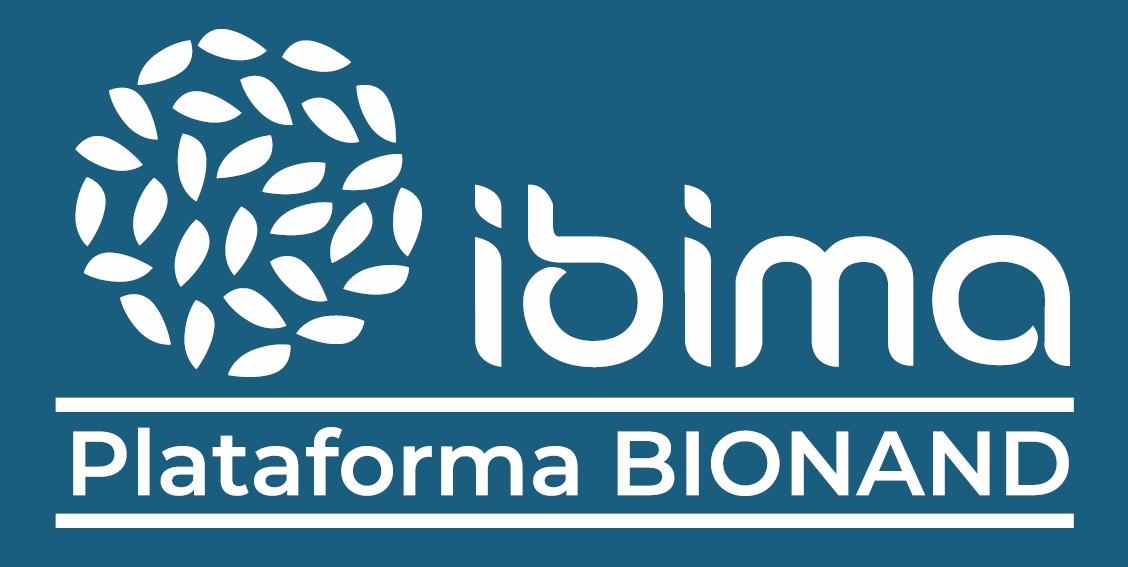Financed by : European Commission
Grant Agreement ID: 300230
Program : FP7-PEOPLE-2011-IEF – Marie-Curie Action: “Intra-European fellowships for career development”
Duration: September 2012 to August 2015
Beneficiary: Montañez Vega, María Isabel
Supervisor: Blanca Gómez, Miguel
Implementation center: Regional University Hospital of Malaga
Research group of IBIMA involved: Drug and Allergen Allergic Diseases

ABSTRACT
Nowadays drug allergy is considered a major public health problem in developed countries. Its correct diagnosis is very important for the adequate prescription of drugs to avoid risks for the patient. However, the adequate diagnosis is in certain cases difficult to address. This research aims at the development of sophisticated nanostructural materials with potential applications in drug allergy diagnosis. To this, the study will first focus on the identification of drug antigenic determinants still unknown by using different drug models as those derived from diclofenac and clavulanic acid, by a synthetic strategy to the hypothesized molecules and subsequent clinical evaluation. Secondly we propose the design of dendritic molecules displaying multiple presentations of relevant drug antigenic determinants. The determinants identified in the objective above and others already known as amoxicillin, will be coupled to the periphery of dendrimers and/or dendrons with the adequate methodology. The molecular recognition of these structures by specific IgE antibodies will be evaluated by radioimmunoassays, and performances in the structures will be carried out up to reach an optimal recognition. The final well-recognized structures will be anchored onto a solid phase with the aim of developing drug allergy diagnostic kits, to use in a routine clinical practice. Other approaches towards the study of the optimal distance in crosslink-IgE to produce the basophil activation will also be addressed in order to increase the sensitivity of this test. Biocompatible dendrimer as scaffolds, click chemistry methodologies, solid phases, organic chemical design will be used for the development of this project, with an important support of clinical evaluation and a biobank with patients sera. This methodology is expected to deliver a new tool box for the design of sophisticated nanostructural materials and versatile to the diagnosis of allergy to different drugs towards a microarray.
